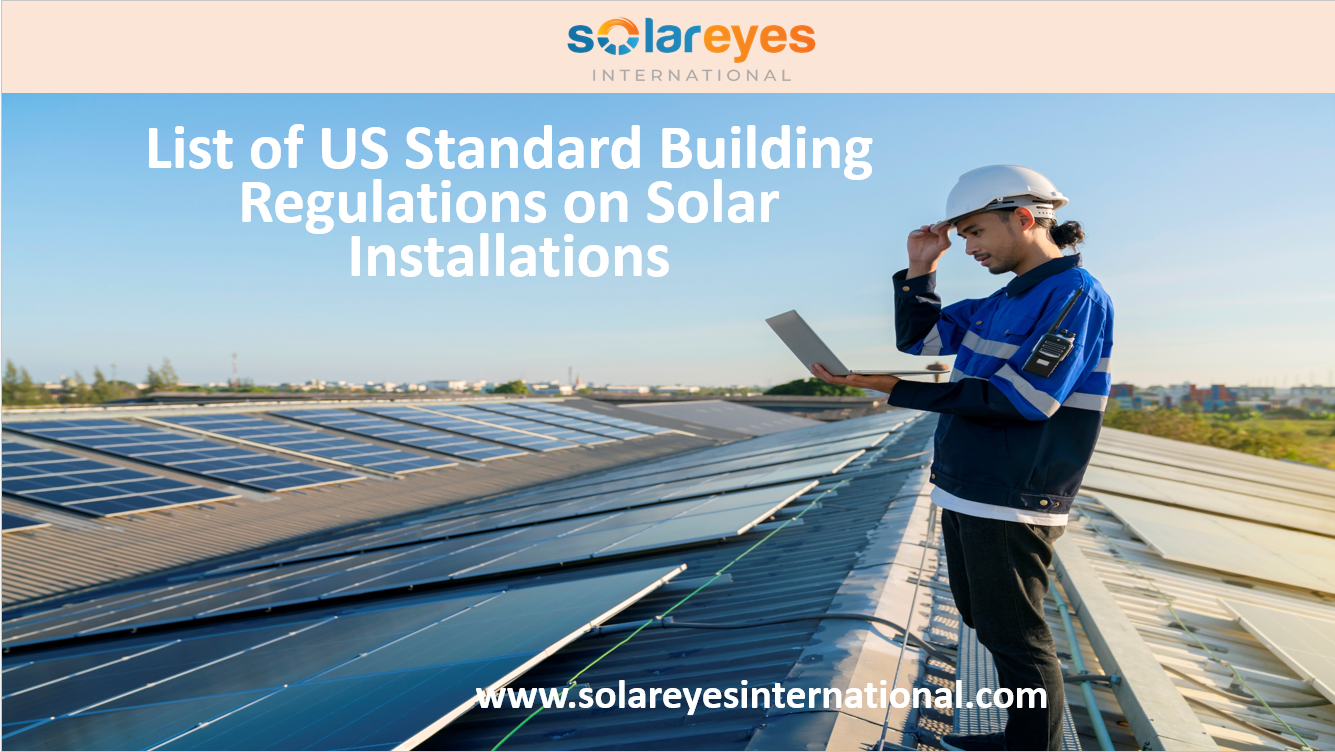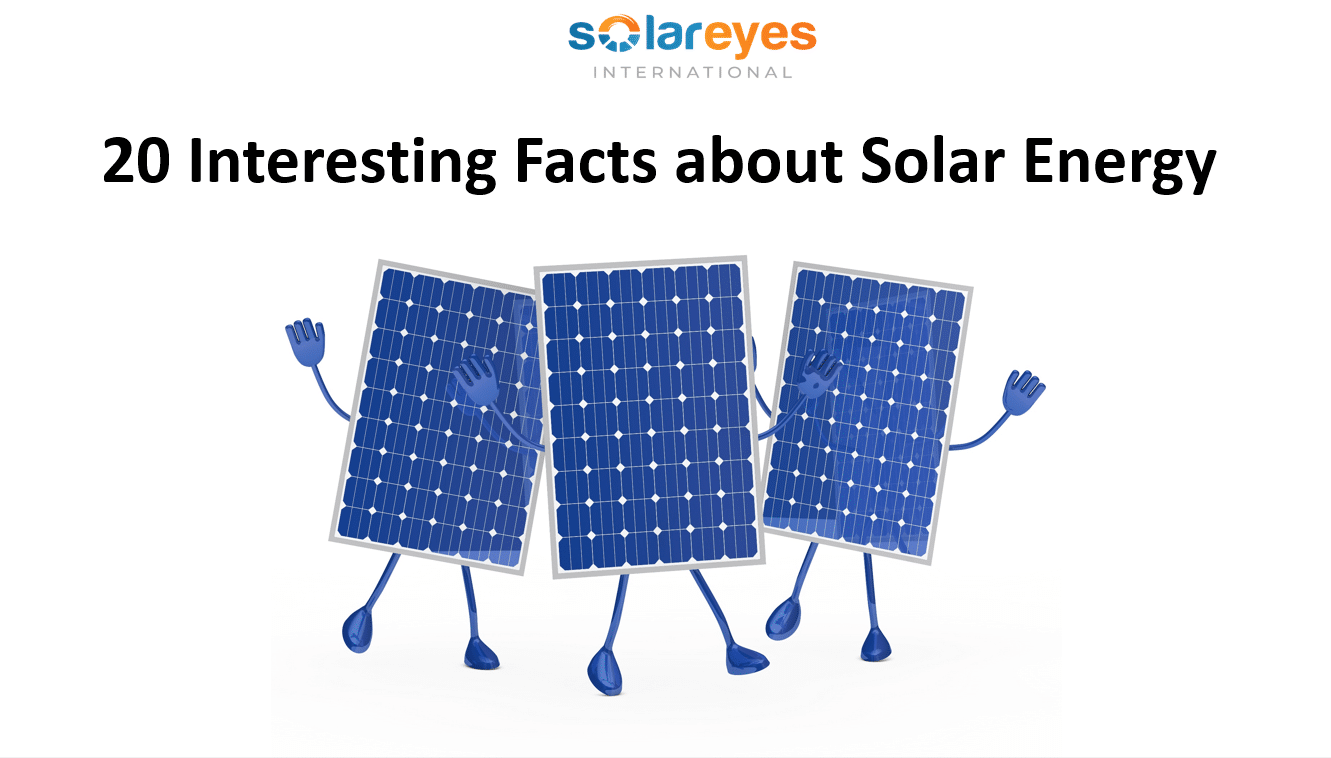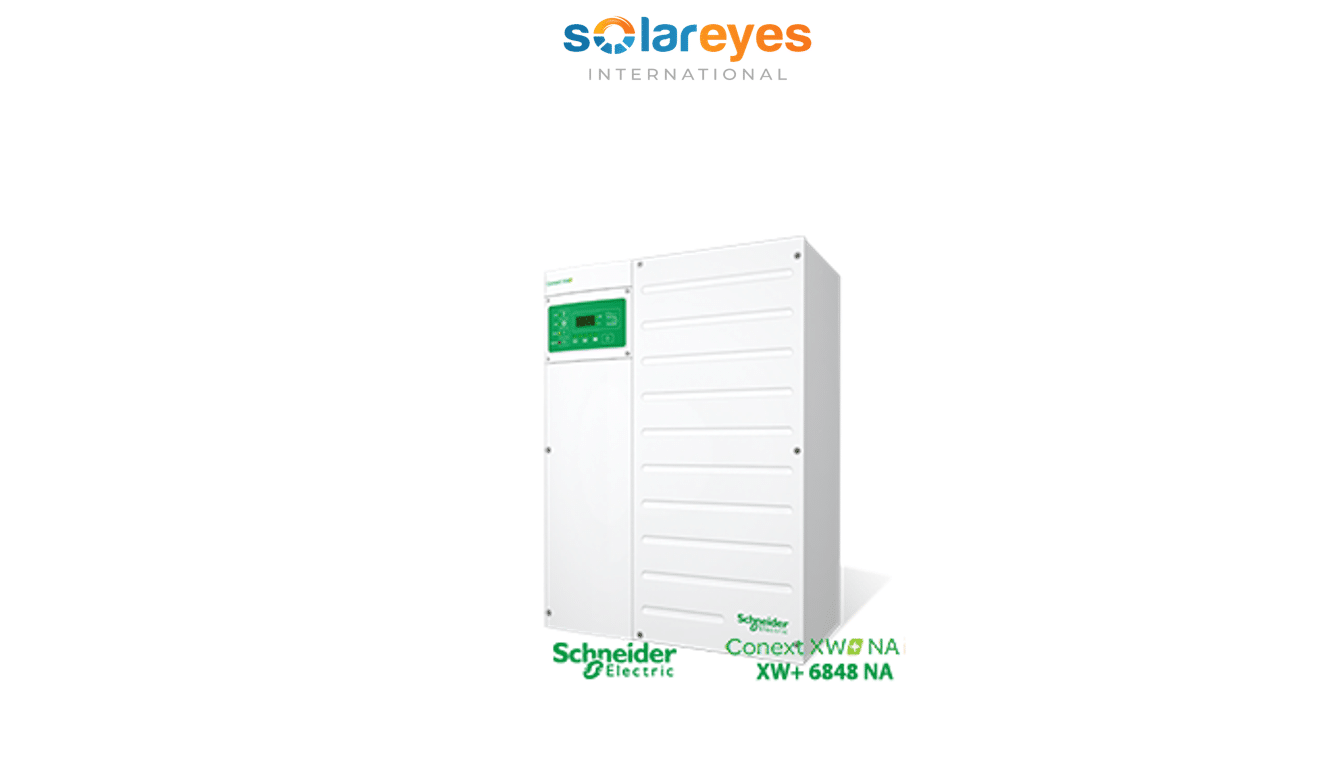List of US Standard Building Regulations on Solar Installations

Solar energy is becoming increasingly popular in the United States, thanks to its cost-effectiveness and eco-friendliness.
However, the installation of solar panels on rooftops can pose a risk to the public if not done properly.
Standard building regulations are crucial in ensuring the safety of the public, quality control, environmental impact, and consumer protection.
***ALSO CHECK: Why the Need for Standard Building Regulations on Solar Installations
In this article, we’ll explore some examples of US standard building regulations on solar installations.
List of US Standard Building Regulations on Solar Installations
Below is a List of US Standard Building Regulations on Solar Installations.
1. International Building Code (IBC)
The International Building Code (IBC) is one of the most widely adopted building codes in the United States. It provides comprehensive regulations for the installation of solar panels on both residential and commercial buildings.
The IBC requires that solar panels be installed in a way that minimizes the risk of accidents and injuries, and that they are securely attached to the building’s structure.
It also includes regulations on the spacing and orientation of solar panels, as well as fire safety requirements.
2. National Electric Code (NEC)
The National Electric Code (NEC) is a set of standards for the safe installation of electrical wiring and equipment in the United States. It includes regulations for the installation of solar panels and their associated electrical components.
The NEC requires that solar panels be installed by licensed electricians and that they comply with specific wiring and grounding requirements.
3. California Solar Permitting Guidebook
California is one of the leading states in the US when it comes to solar energy adoption. The California Solar Permitting Guidebook provides a comprehensive set of guidelines for the installation of solar panels in the state.
It includes requirements for the placement, orientation, and tilt angle of solar panels, as well as fire safety requirements and structural requirements.
4. Florida Building Code (FBC)
The Florida Building Code (FBC) is a set of standards for the construction and installation of buildings in Florida. It includes specific regulations for the installation of solar panels, such as requirements for wind load resistance and structural support.
The FBC also includes requirements for the placement and orientation of solar panels to maximize energy production and minimize shading.
5. New York State Unified Solar Permit
The New York State Unified Solar Permit is a standardized permit application process for the installation of solar panels in New York.
The permit includes specific requirements for the installation of solar panels on residential and commercial buildings, including requirements for structural support, electrical wiring, and fire safety.
More Information on US Standard Building Regulations on Solar Installations
In addition to the regulations mentioned above, there are several other standard building regulations that apply to solar installations in the US. These regulations help ensure that solar installations are safe, reliable, and meet certain quality standards.
One important standard is the UL 1703 standard, which applies to solar panels and modules. This standard sets requirements for the electrical, mechanical, and fire safety of solar panels, as well as their performance characteristics. Compliance with this standard is typically required for solar panels to be eligible for rebates or incentives.
Another important standard is the UL 1741 standard, which applies to inverters and other power conversion equipment used in solar installations. This standard sets requirements for the electrical, mechanical, and safety performance of inverters, as well as their interoperability with the electric grid.
In addition, many states and municipalities have their own regulations and permitting processes for solar installations.
For example, the state of California has adopted the California Solar Initiative, which provides incentives and a streamlined permitting process for solar installations. Other states, such as New York, have also implemented their own solar initiatives and regulations.
Overall, these standard building regulations play a crucial role in ensuring that solar installations are safe, reliable, and meet certain quality standards.
Policymakers and regulators should continue to develop and implement these regulations to promote the safe and sustainable use of solar energy.
Conclusion
Standard building regulations on solar installations are crucial for ensuring the safety of the public, quality control, environmental impact, and consumer protection.
There are many examples of US standard building regulations on solar installations, including the IBC, NEC, California Solar Permitting Guidebook, FBC, and New York State Unified Solar Permit.
Policymakers and regulators should continue to develop and implement these regulations to promote the safe and sustainable use of solar energy in the United States.
FOLLOW US ON OUR CHANNELS
Follow us on LINKEDIN, FACEBOOK, TELEGRAM GROUP and WHATSAPP.
*** ALSO CHECK: ABBREVIATIONS IN THE SOLAR ENERGY SECTOR
HOW TO SIZE A SOLAR SYSTEM – 5 clear steps anyone can follow





